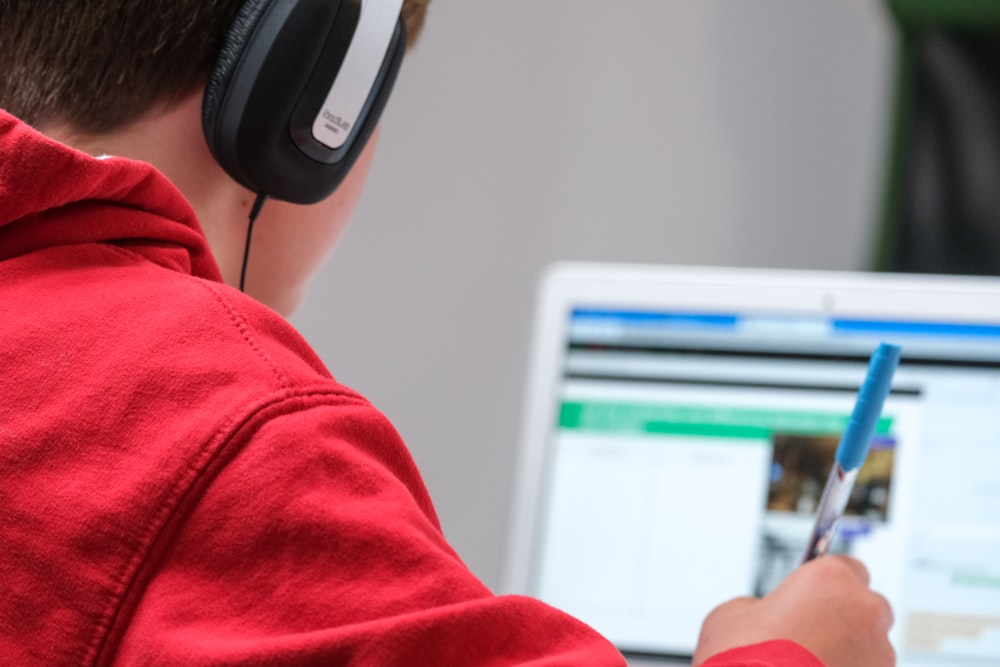
Road to Digital Well-being: Healthy Tech Use Habits for You and Your Kids
We’re living in a digital world. Personal technology, such as computers and mobile phones, have become essential items for almost everyone. It’s rare to find anyone who steps out of the house without bringing their smartphone with them.
Even children now can’t live without tech. Many kids use tablet computers, such as iPads, to play games and watch videos. Some parents let their kids use their tablet computers to keep them busy. This way, parents can get some work done or drive home without their kids distracting them.

The Impact of Technology on Child Development
Children are using technology at an earlier age than before. And this has negative effects on their development. For example, when they become used to the convenience of smartphones, they might grow to become impatient and have a short attention span. These characteristics can hinder kids’ learning experiences.
Prolonged smartphone use can also affect kids’ moods. One study even found a direct link between personal technology usage and behavioural problems among elementary-age kids.
Developing Healthy Digital Habits
It’s no question that smart technology has a lot of benefits, even for children. The global pandemic is a perfect example. Smartphones and tablet PCs keep children entertained. They also use their gadgets to consume educational content and take online classes.
Nonetheless, smart technology also has its drawbacks. So as a parent, you must guide your kids into developing healthy digital habits at an early age to protect them from technology’s negative effects.
But to do so, you should also develop these habits and become a model for your children. Below are some strategies you can use:
Establish Gadget-free Boundaries at Home
First, create and implement gadget-free boundaries. Determine times in a day when using handheld gadgets isn’t allowed for both yourself and your kids. For example, you can ban them during mealtime.
Also, set a rule to stop using smartphones and other gadgets at least 30 minutes before bedtime. The blue-light screen used in these gadgets can keep your kids awake and sabotage their sleep. This can lead to other health problems. Thus, the 30-minute rule will help your kids get adequate sleep.
Do Offline Activities as a Family
Kids, and even adults, tend to scroll mindlessly on their phones out of boredom. To keep your kids from scrolling for long hours, keep them entertained with something else.
One way to distract kids from their phones is by doing offline, screenless activities with them. You can play board games. You can also whip out your Vogue patterns and start a sewing project. Or you can go outside and have a mini picnic in your backyard.
You can also set some rules regarding phone use. For example, all phones should be placed on the dining table during offline activities. These phones should be in silent mode so that you and your kids won’t get distracted by notifications.
These “unplugged” activities can become bonding activities for the family and improve your relationship with each other.
Set Screen Time Limits
Aside from setting boundaries, you should also limit your kids’ screen time as much as possible. This limit has several benefits. For example, you will protect your kids’ eyesight as prolonged screen usage can damage it. You also keep your kids away from malicious people online who prey on vulnerable kids.
For children aged two to five, the American Academy of Child and Adolescent Psychiatry recommends that screen time should be limited to one hour during weekdays and three hours on weekends. As your kids grow older, you can allow them to extend their screen time by a few hours.
Make sure that you set reasonable limits and explain to your kids why they are imposed. You should also join your children and limit your own screen time. You need to model this behavior to encourage them to do the same.
Set up Parental Controls
Some websites are deemed unsafe for children. And generally, the internet is not a very friendly place for children, especially given the presence of malicious parties that target the young and vulnerable.
To ensure that your kids use the internet safely, you should set parental controls. Block unsafe websites to prevent kids from accessing them. Some software applications also allow you to block outgoing content. Setting this up will ensure that your kids don’t share personal information online.
In promoting healthy digital habits, the key is to be a good example to your kids. This means that you, as a parent, must also develop good digital habits. You also need to inform them of the importance of developing these habits to make kids more cooperative.

